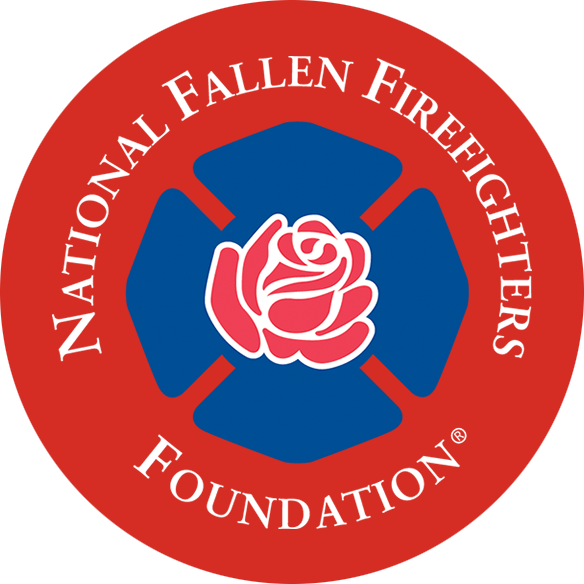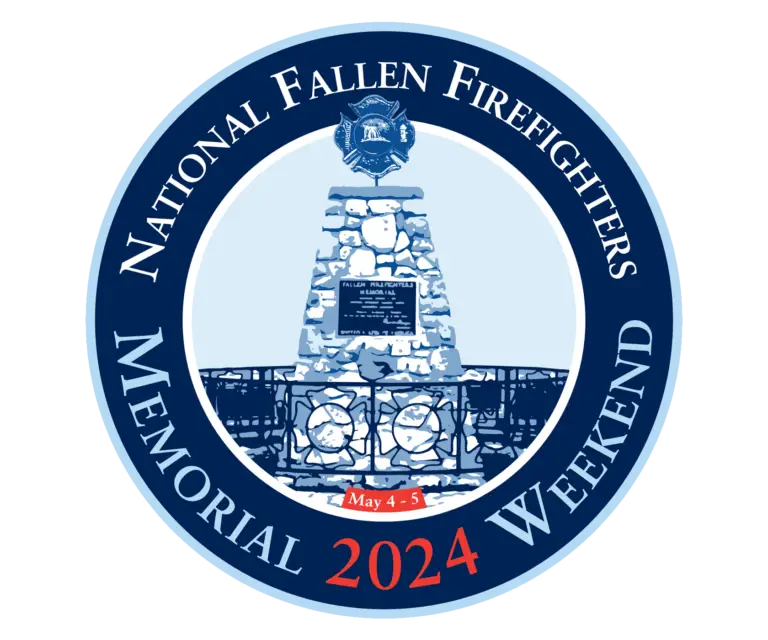We all know that risk assessment is a critical component of fire service leadership. Outside assessment consultants can be costly—but the real price of a fire department not addressing firefighter life safety risks can be incalculable in terms of loss.
That’s where the VAP comes in. The Vulnerability Assessment Program (VAP) is a FREE online risk assessment tool developed by the NFFF in coordination with the U.S. Fire Administration (USFA), in support of the 16 Firefighter Life Safety Initiatives. The VAP is a hands-on component of NFFF’s mission to reduce preventable firefighter injury and death.
At its core, the VAP helps fire departments uncover existing vulnerabilities and learn what to do about them. Its capacity to identify existing life-threatening risks in fire departments and recommend solutions to reduce or eliminate these risks has given more than 1,500 fire departments the insights they need to improve risk and safety. It can assess your department, too—and give you the justification to support budget requests for training, staffing levels, equipment, and other resources.
VAP is Invaluable
Hear how using the VAP made a difference in these organizations:
This free and secure risk-assessment tool contains a wide variety of questions, and is self-paced and easy to use. Plus, it’s confidential and anonymous. Fire department leaders can assign various portions to other members of their team to complete. It provides fire departments with a systematic process to evaluate risk and ultimately reduce the threat of firefighter injuries and deaths. At the end of the process, you’ll receive a customized report identifying areas of vulnerability linked to firefighter injuries and deaths.
Each report contains:
- Suggestions for risk reduction alternatives specific to identified vulnerabilities
- Pertinent industry standards and guidelines to address the identified concerns
Timely Topics for Fire Departments
- Heart Disease Prevention
- Cancer Prevention
- Quick 100 (geared toward small departments)
- For the Company Officer
- Firefighter Behavioral Health (available Spring 2023)
- Roadway Safety for Fire Service Organizations (available Spring 2023)




